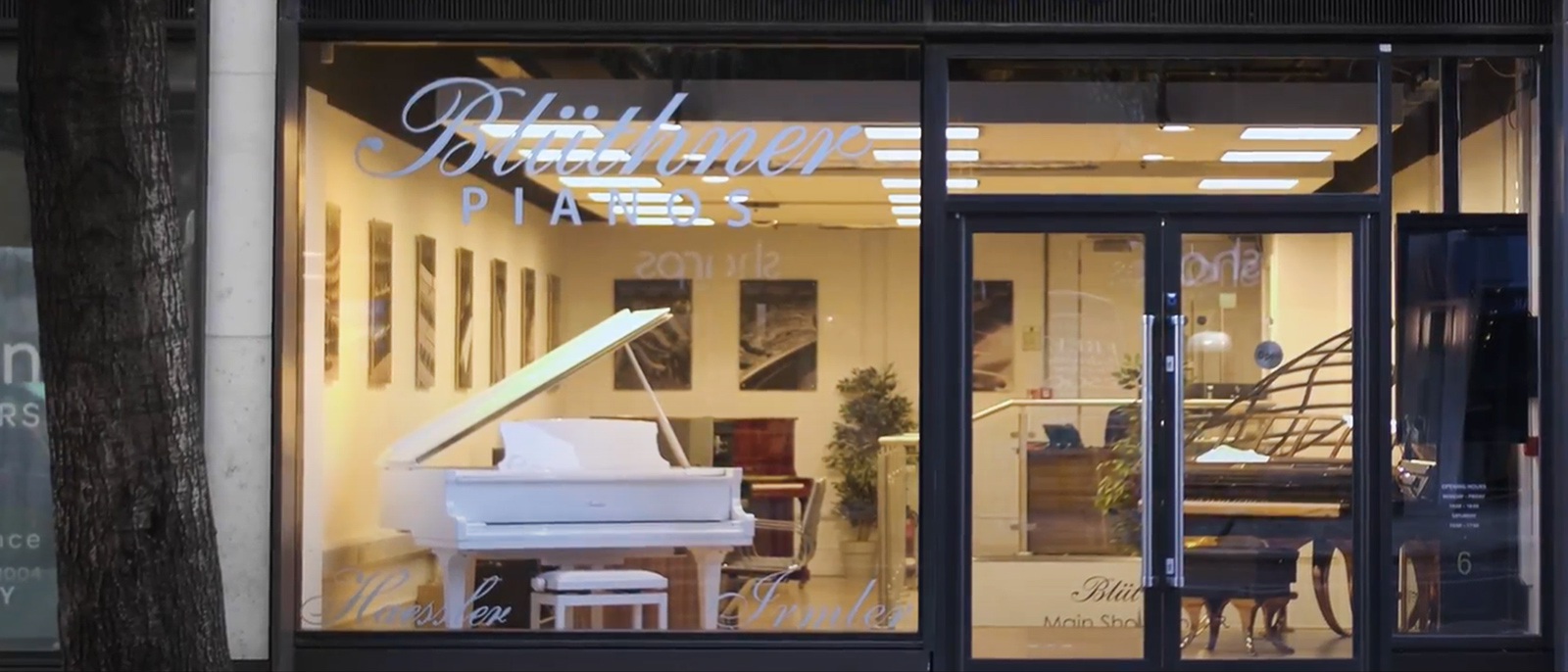
6 Baker Street
London W1U 3AA
Tel: +44 (0)20 7753 0533
Email: info@bluthner.co.uk

Restoration services are available for all Blüthner pianos of any age and condition. Each instrument has the complete care and attention of our craftsmen to restore your Blüthner back to showroom condition.
View our available restored pianos
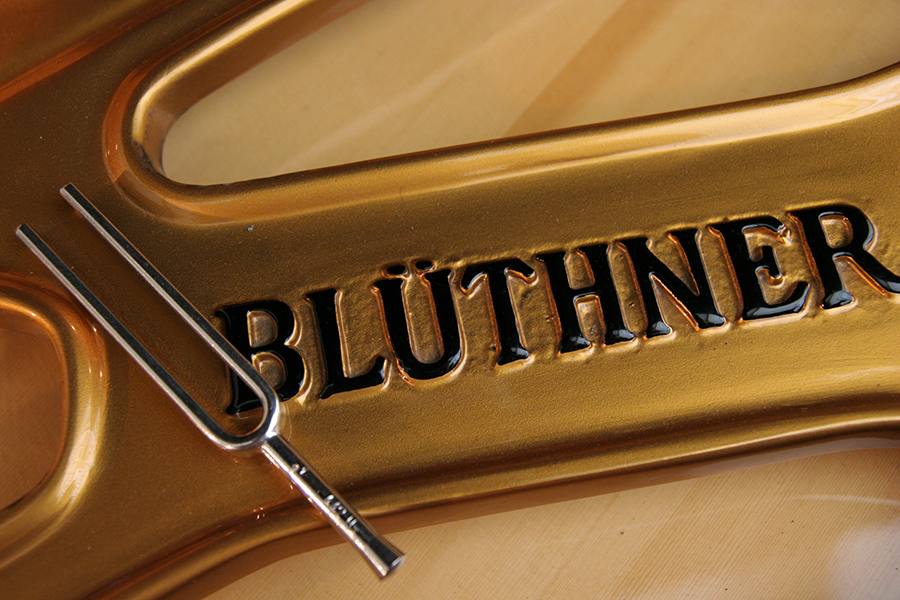
Many elements of your instruments design are unique to Blüthner. From the cylindrical crowned soundboard to the Blüthner patented 4th string Aliquot system, a factory restoration gives you the peace of mind that every detail of your Blüthner piano is attended to. All work performed on your Blüthner instrument uses the same parts, tools and processes we have perfected over the last 165 years. Upon completion, each fully restored instrument is documented with an official Blüthner Certificate of Restoration.
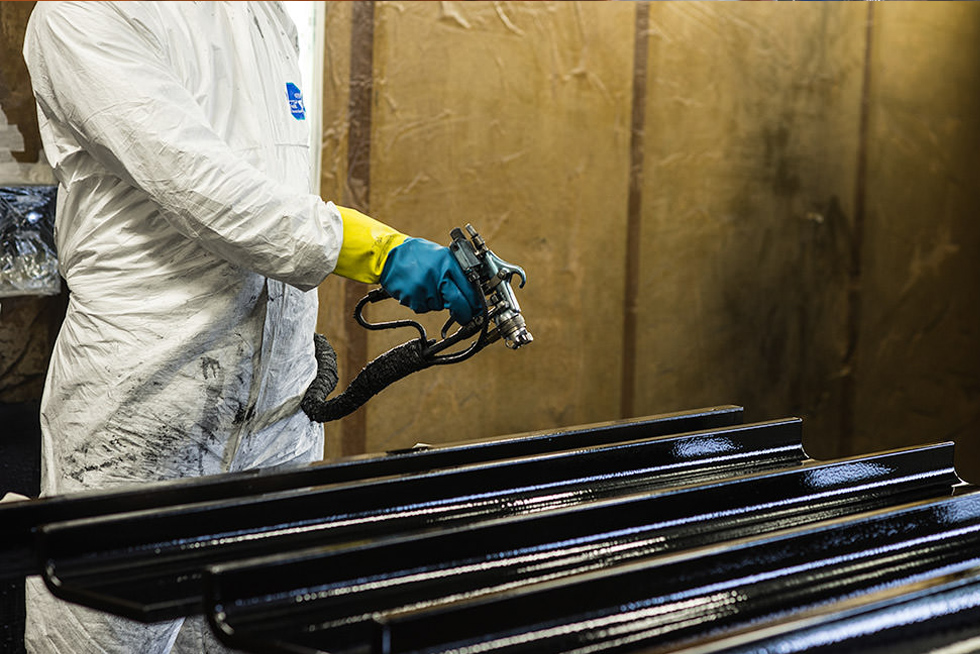
Whether your instrument is in a classic black or wood veneer, our experts will repair defects, peeling veneer or re-veneer the whole instrument. Missing or incorrect case parts can be replaced with historically accurate copies to fit your pianos original design.
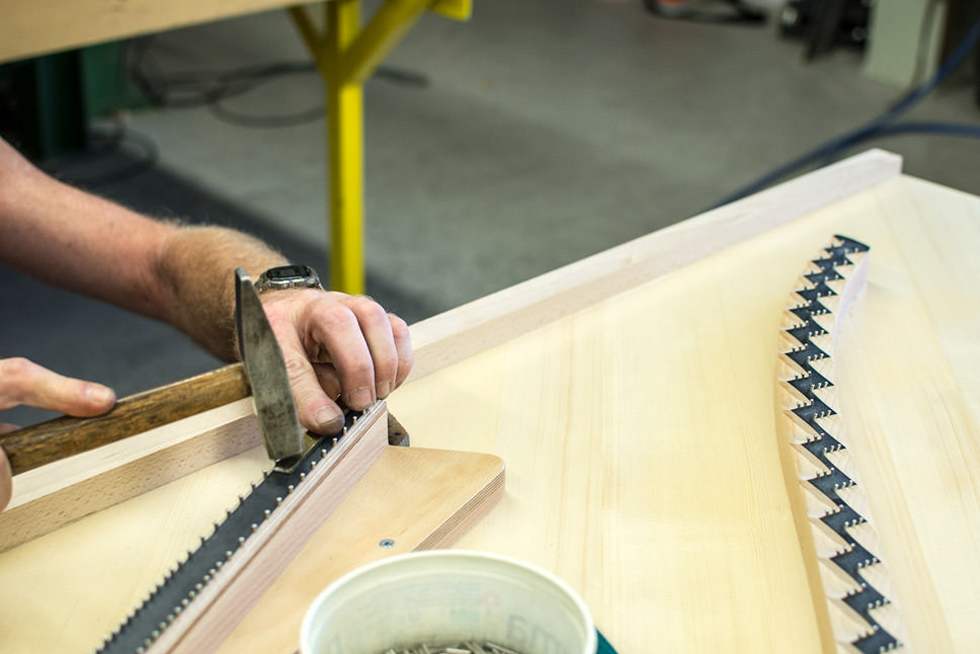
Depending on the situation, the cracks of the soundboard can either be repaired or a new soundboard installed accordingly. Our experts carefully measure the original soundboard and manufacture an exact duplicate. The bridges will be replaced entirely or new bridge caps can be fitted to the original bridge.
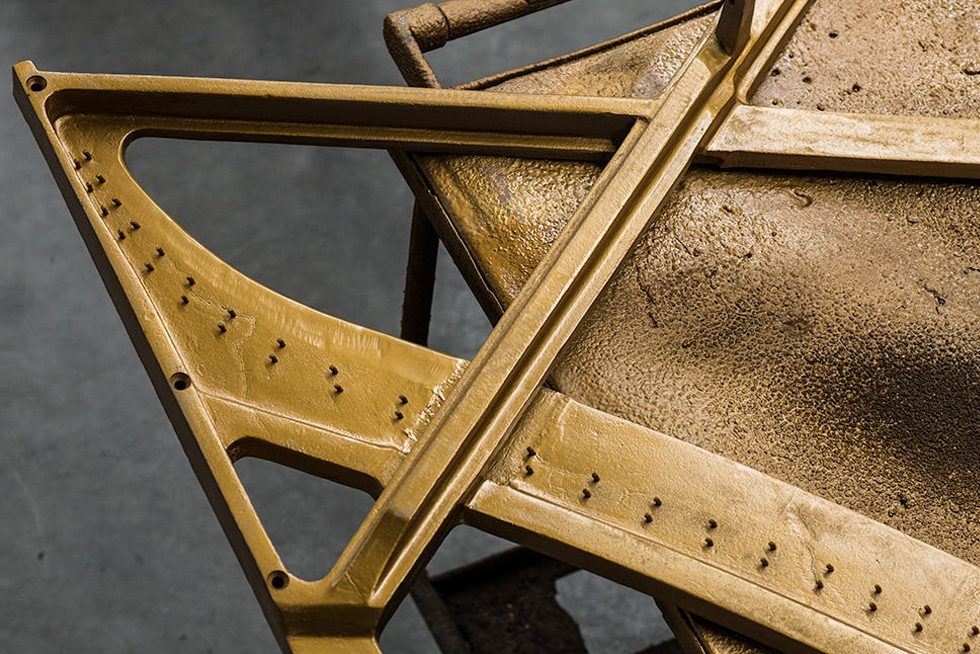
The iron frame is removed, sandblasted down to the bare metal and re-sprayed to match the original finish. Many hours of work are required to restore the iron, to maintain this, a protective layer of varnish is applied to keep the frame sealed.
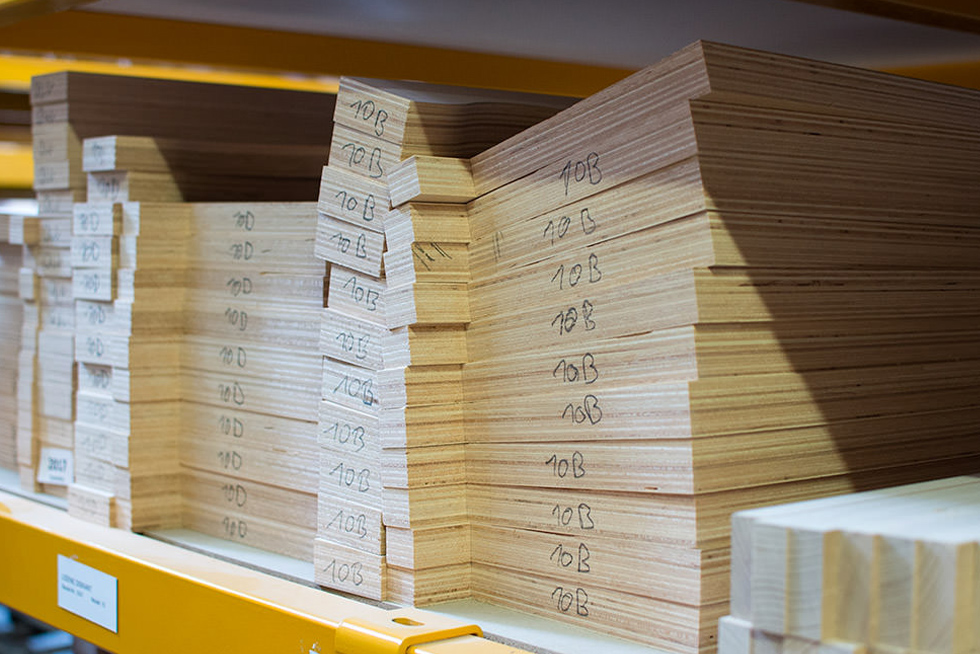
The pin block enables the tuning pins a firm grip and is largely responsible for good tuning stability. We will always replace the pin block when undertaking a restoration to guarantee the longevity of your instrument for many years to come.
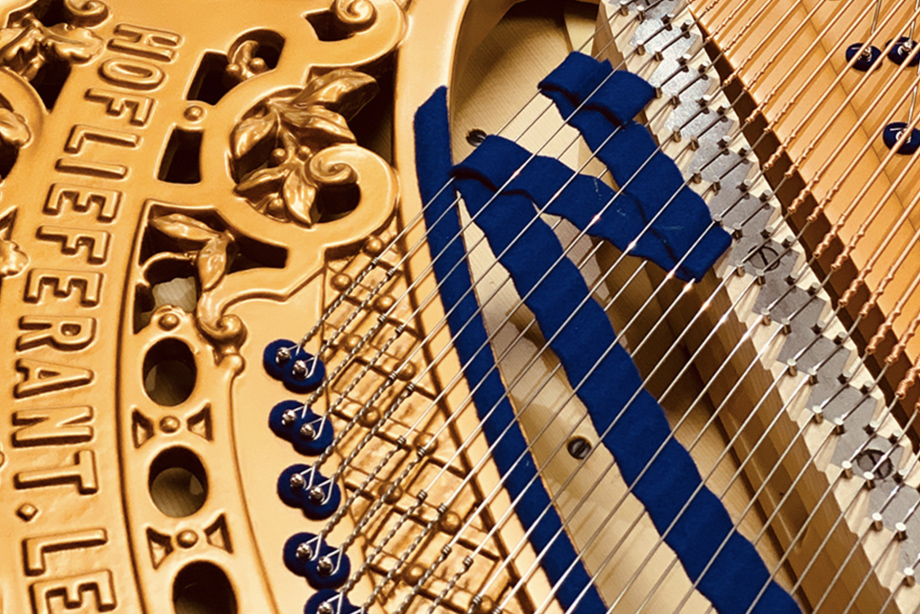
The complex action mechanism consists of over five and a half thousand moving parts. In a full restoration, all action parts will be replaced including hammers, felts and leathers. Historical actions like the Julius Blüthner Patented Action are also repairable.
The strings on every Blüthner restoration instrument are precisely cut to their original scale design and individually tied off at the iron frame. New bass strings are still wound by hand and new Blüthner blue felt is also fitted.
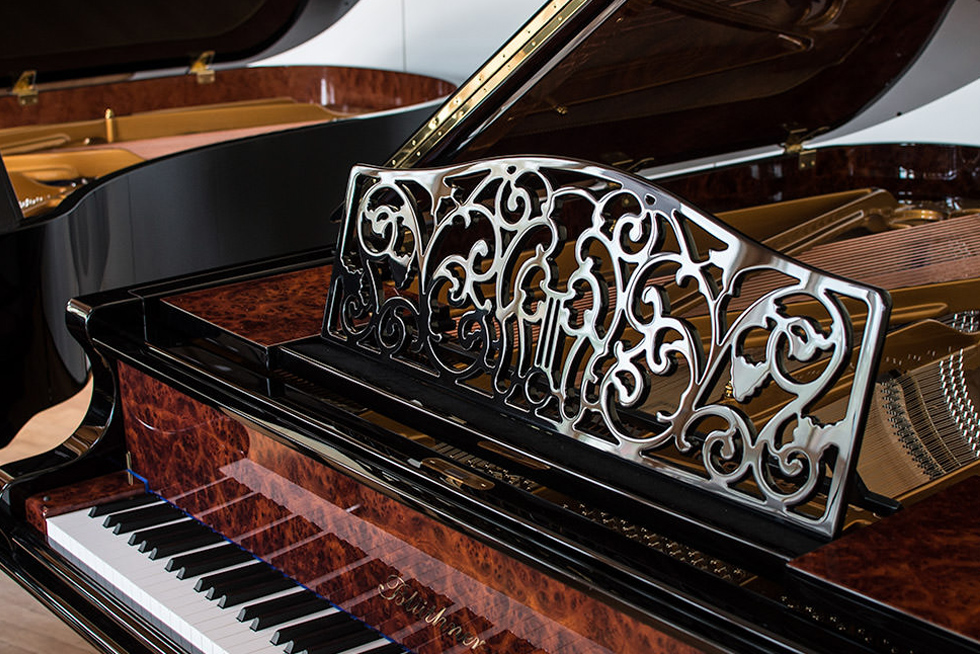
Finally, the instrument is tuned many times to stabilise the pitch to A440 before toning and voicing take place to the owner’s specifications. The hammer heads are needled carefully to bring out the Blüthner Golden Tone for which we are famous and justly proud. The final case details and a fine polish conclude the restoration process.